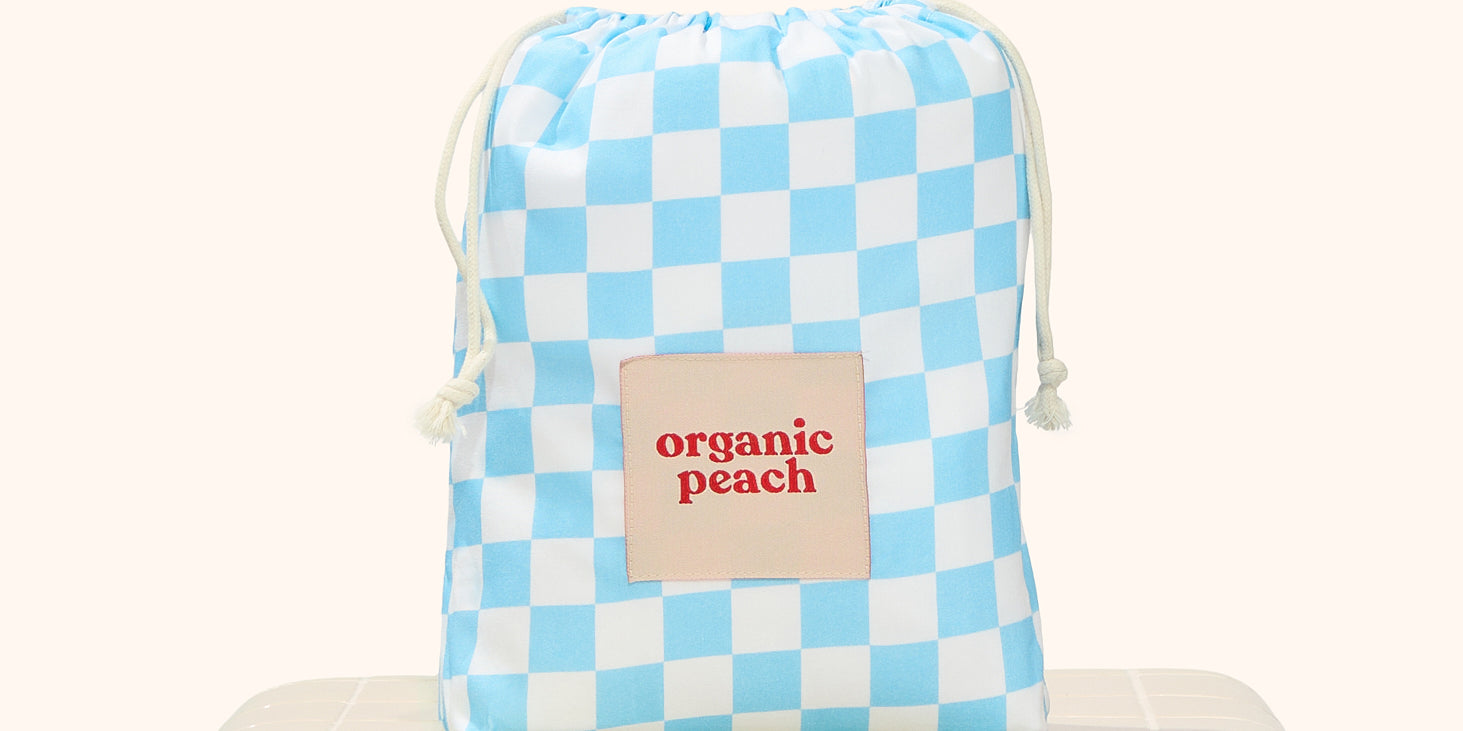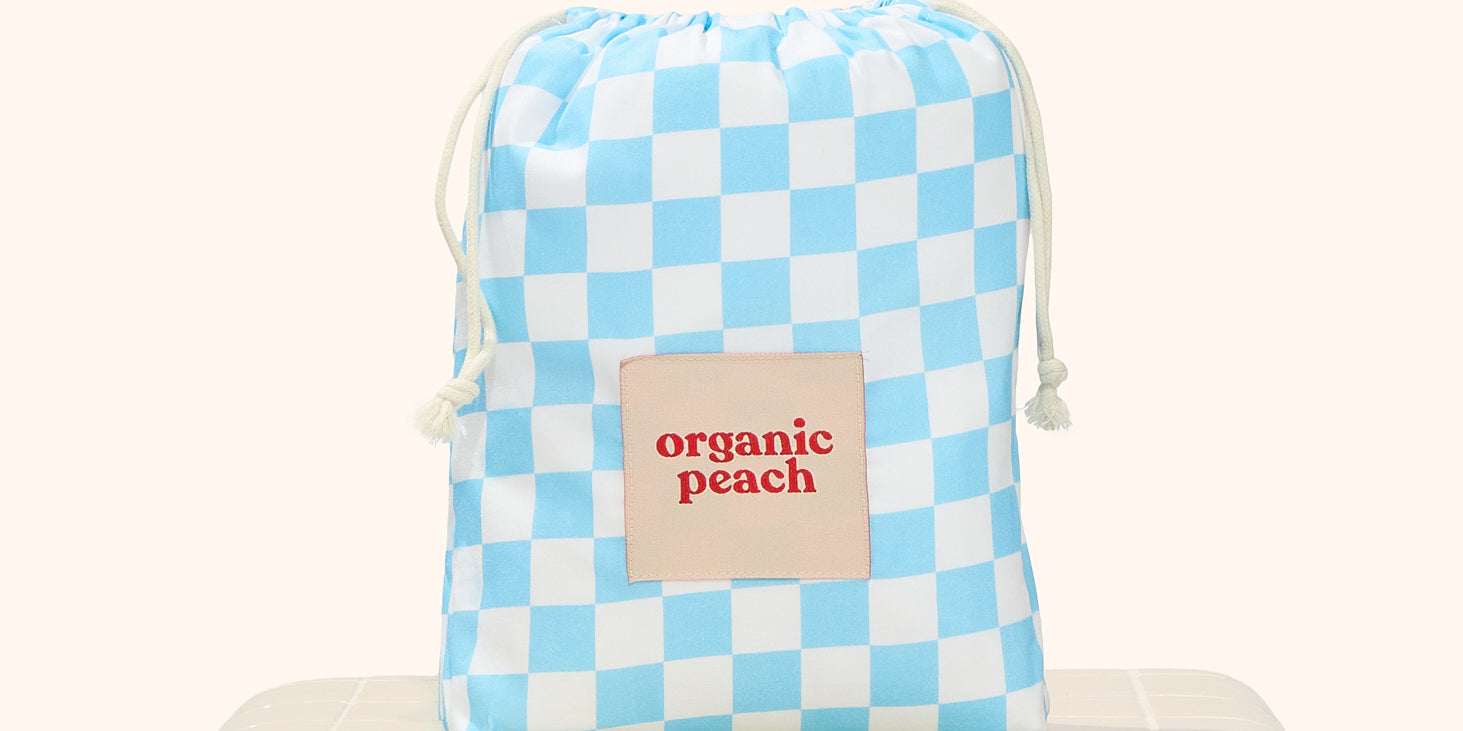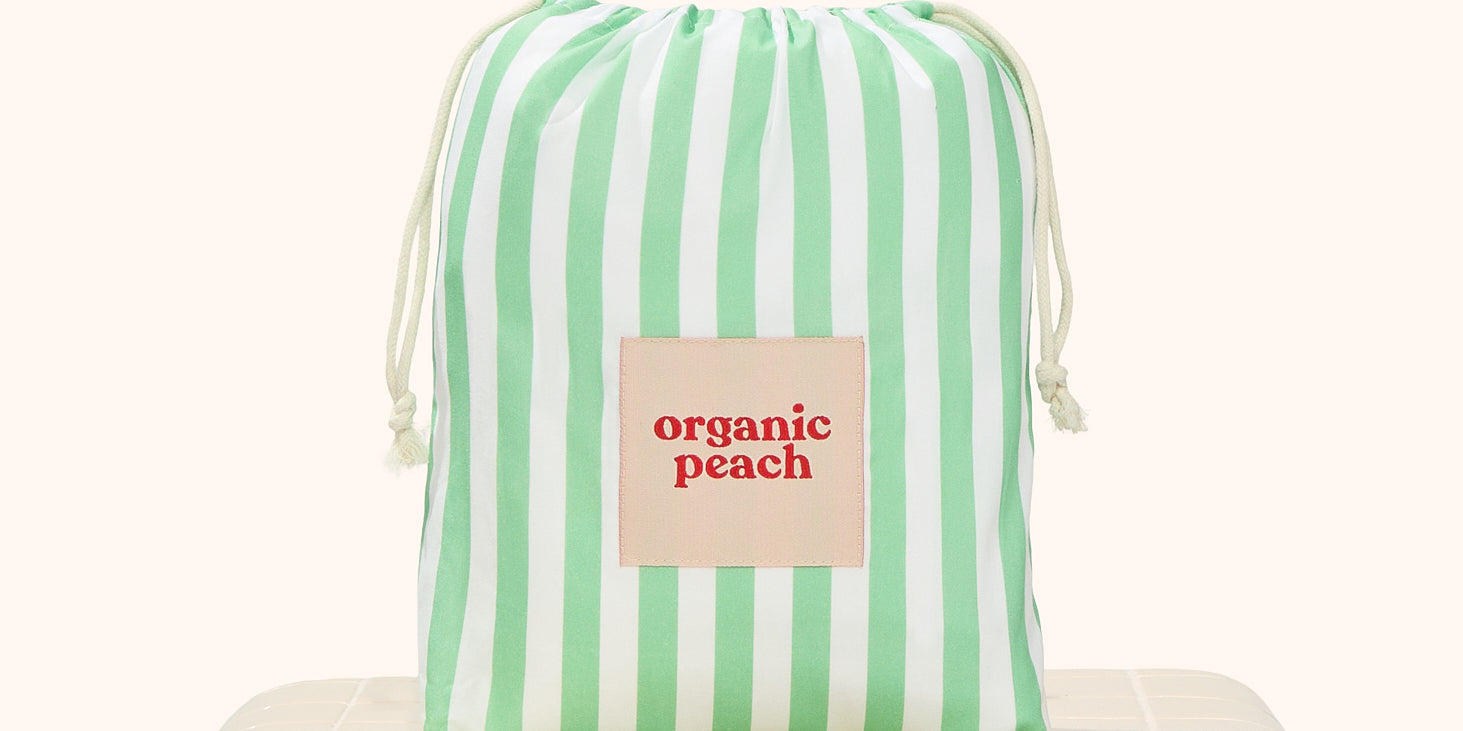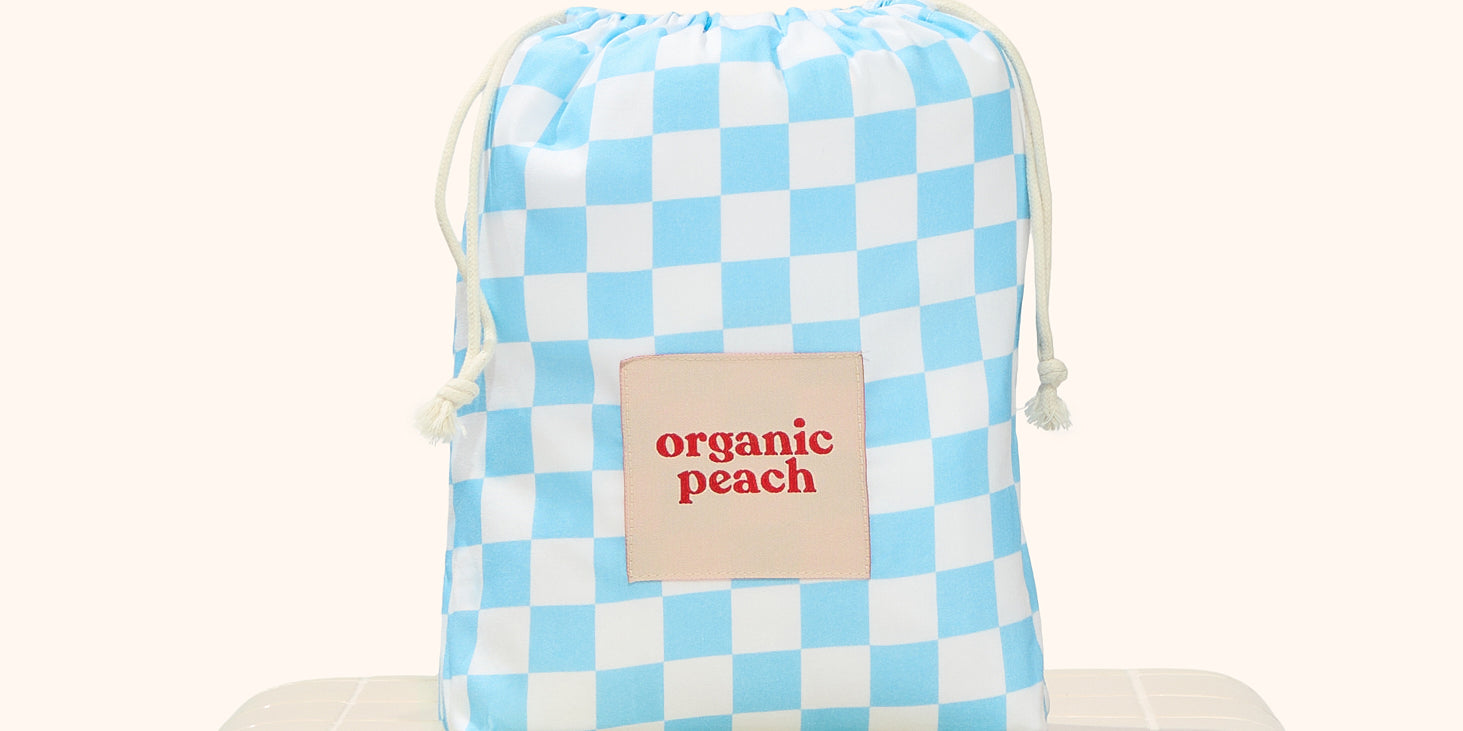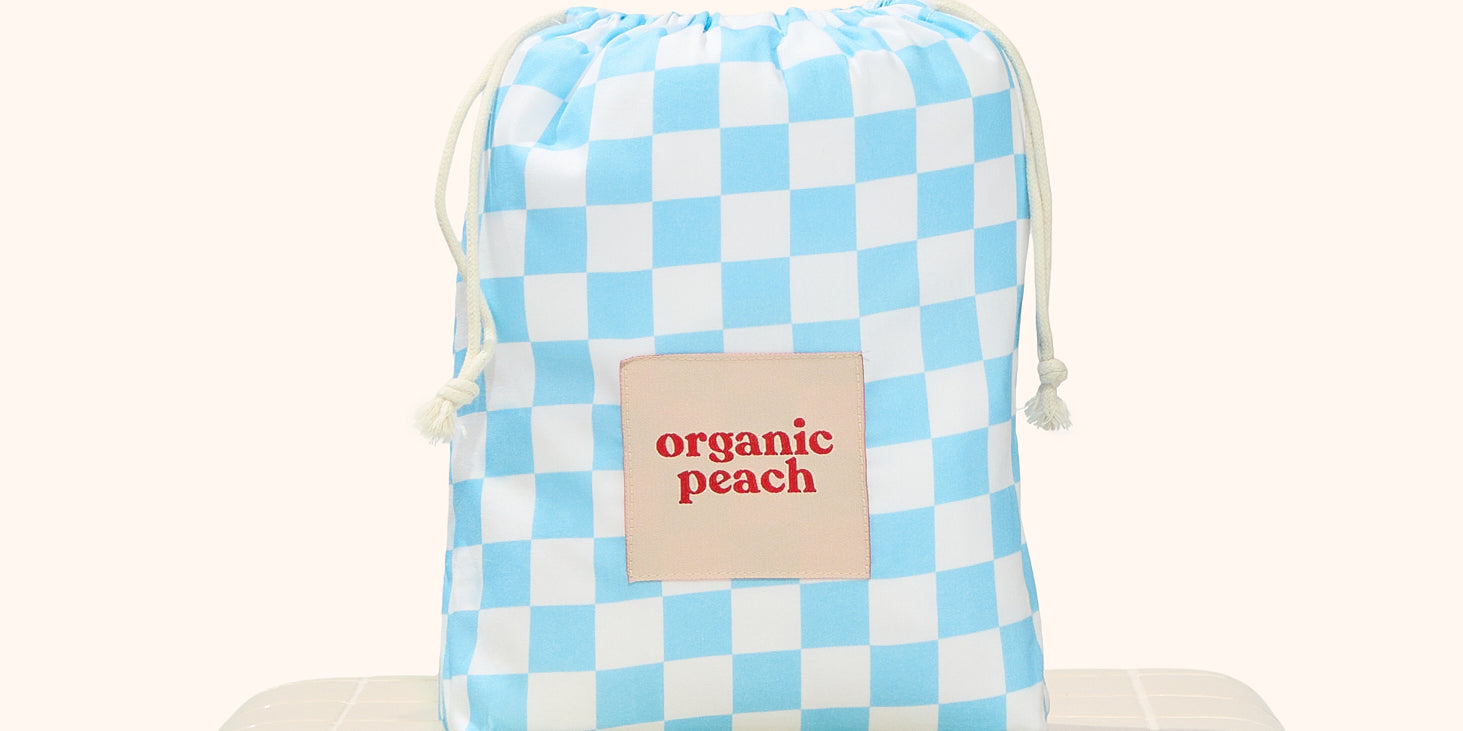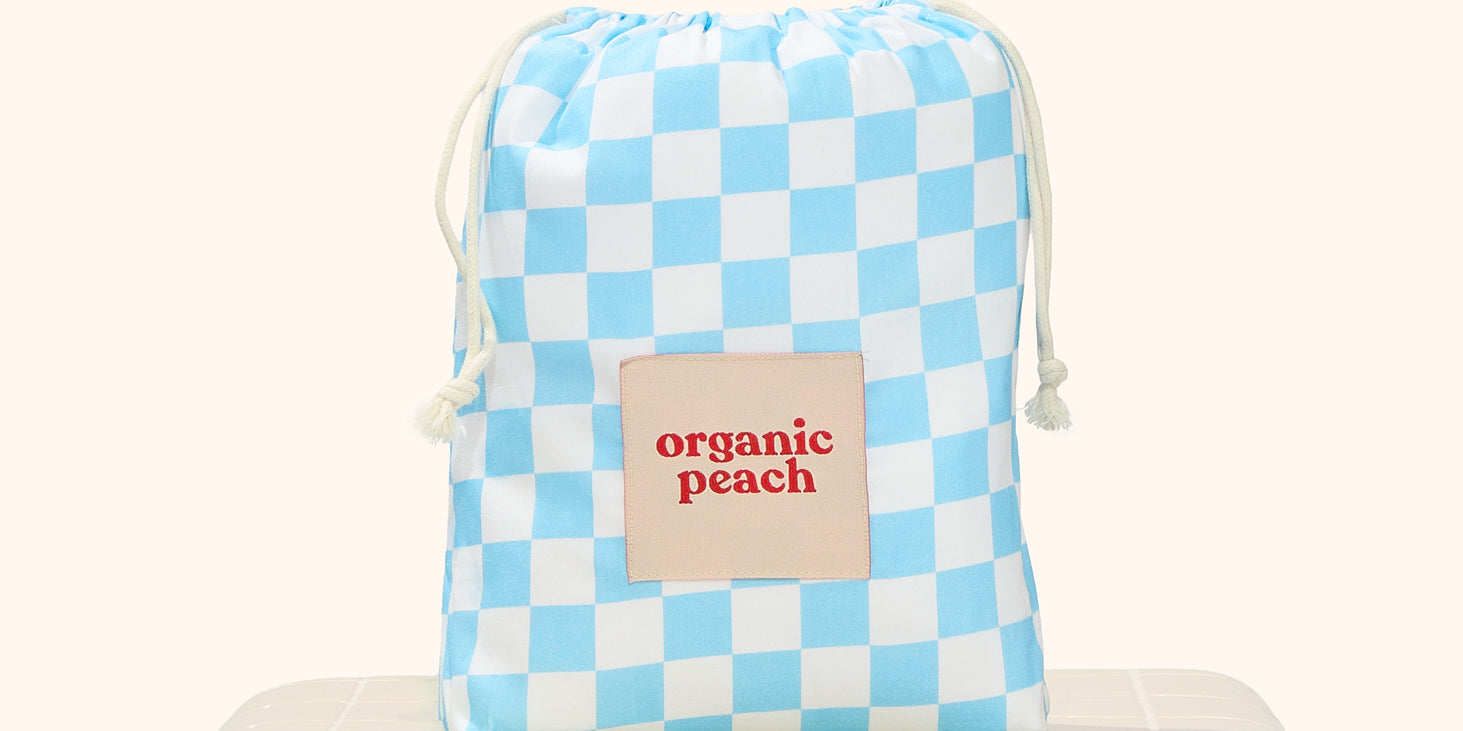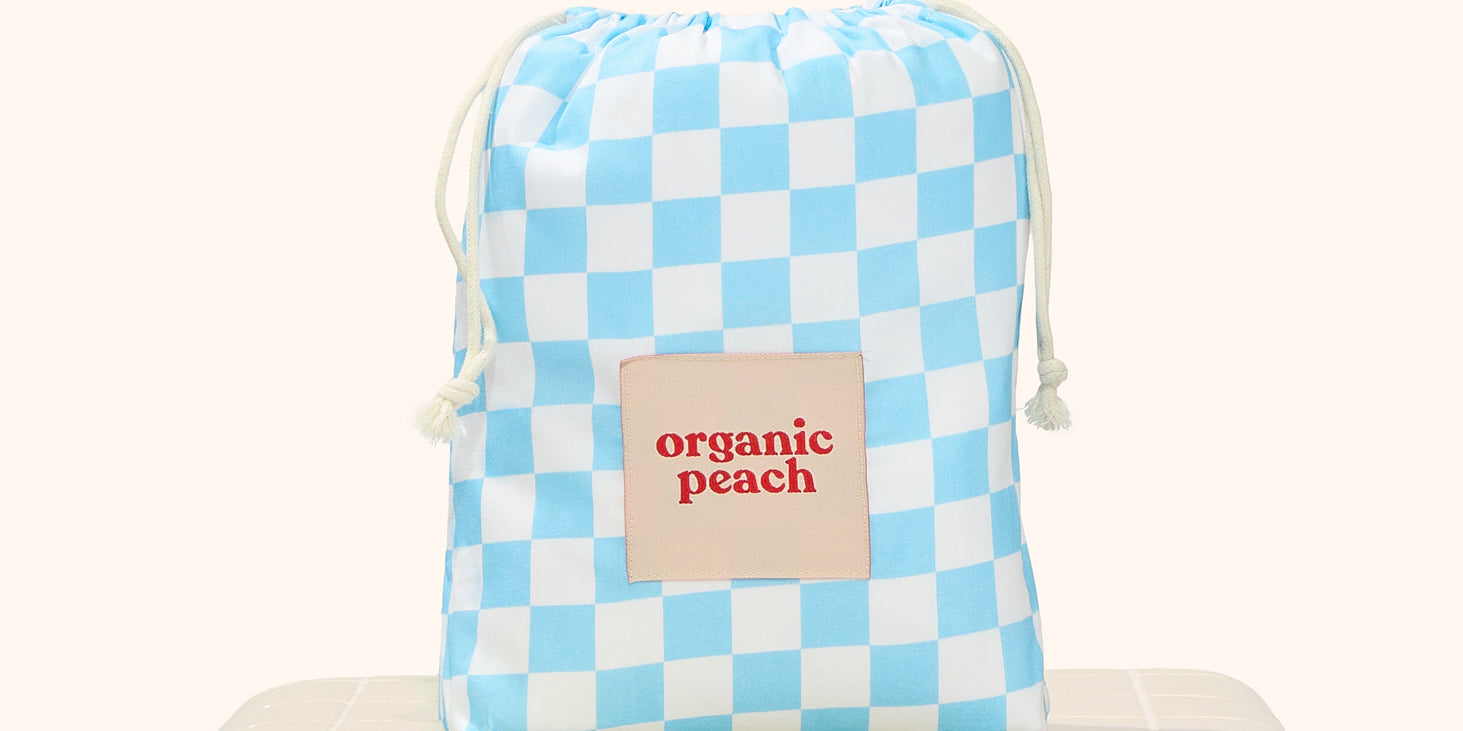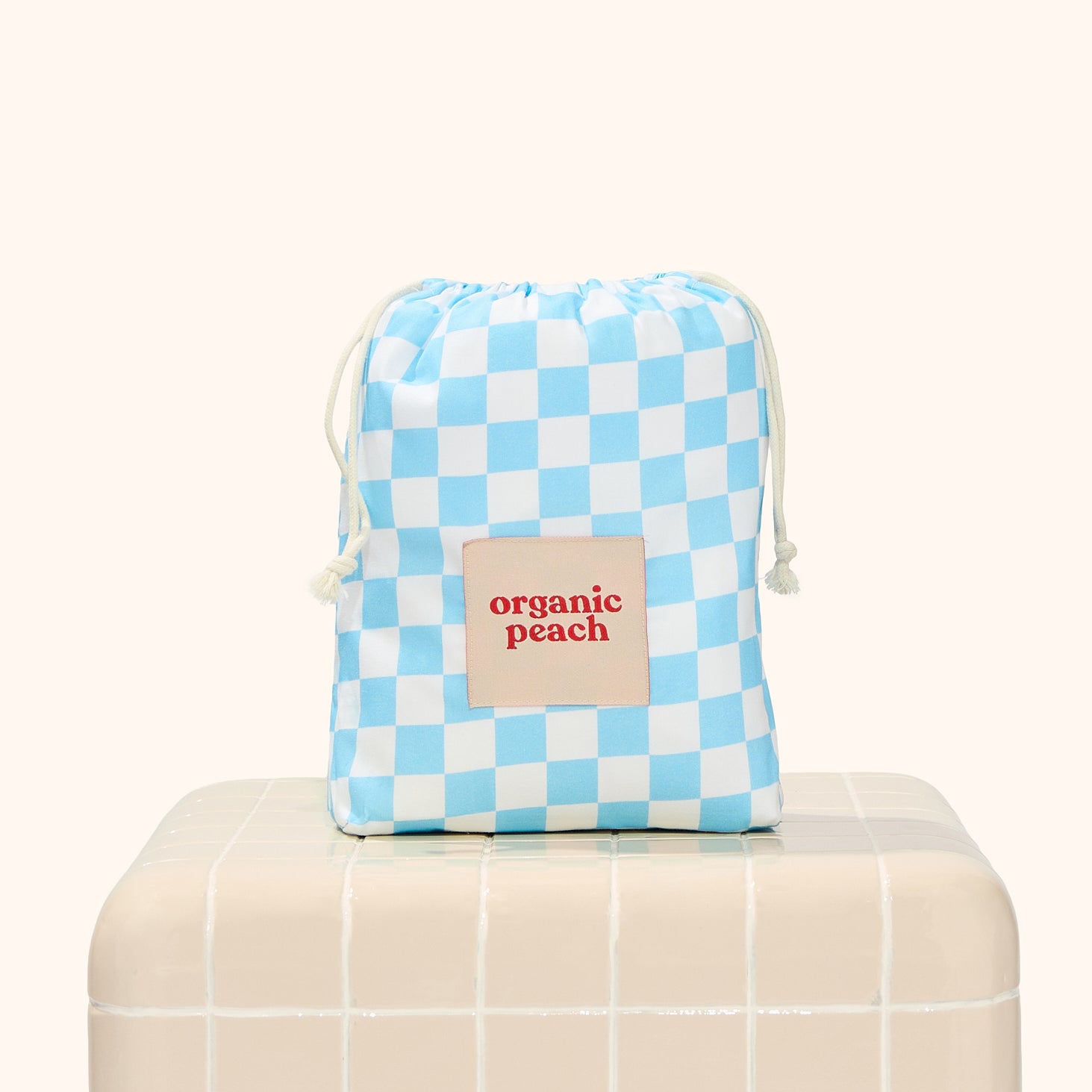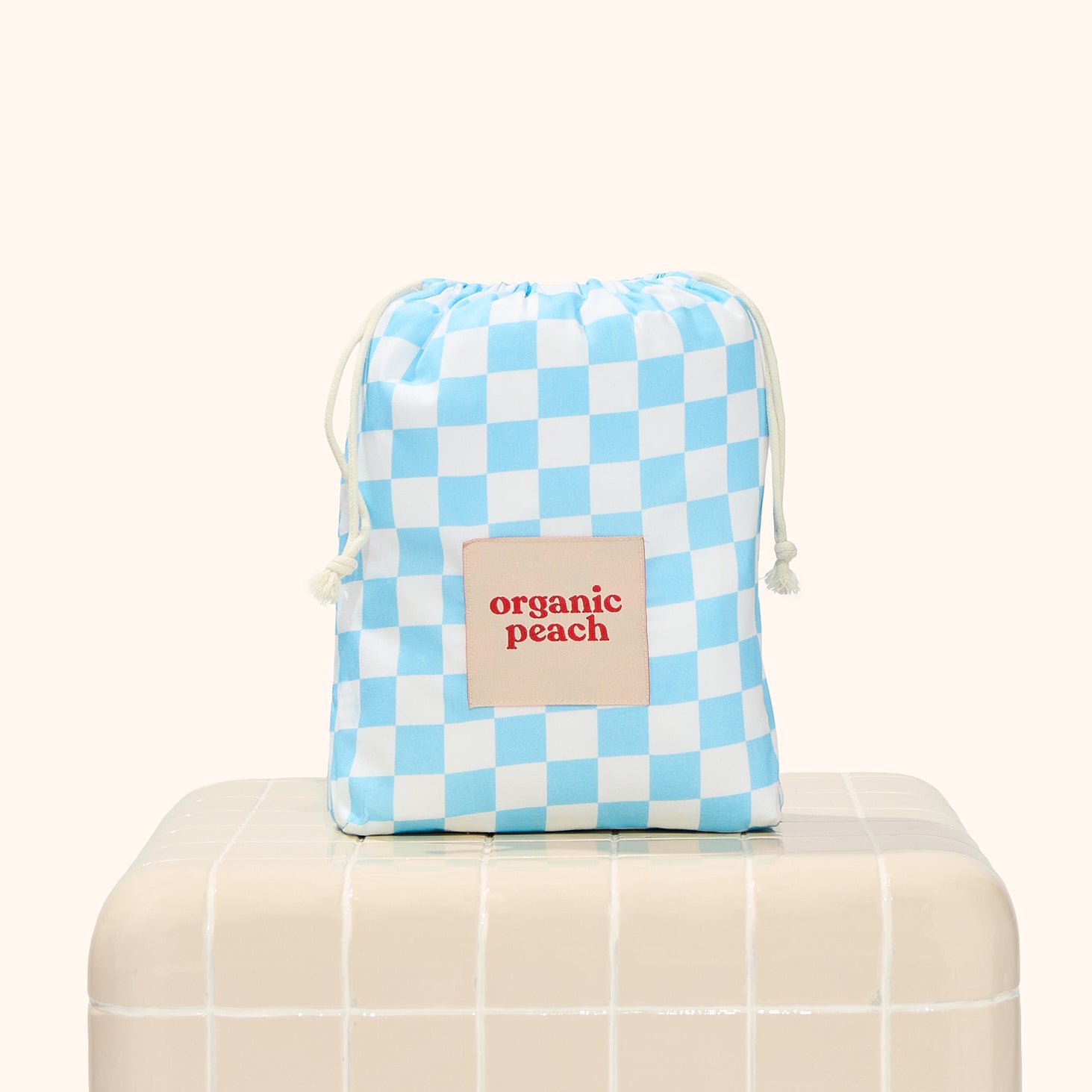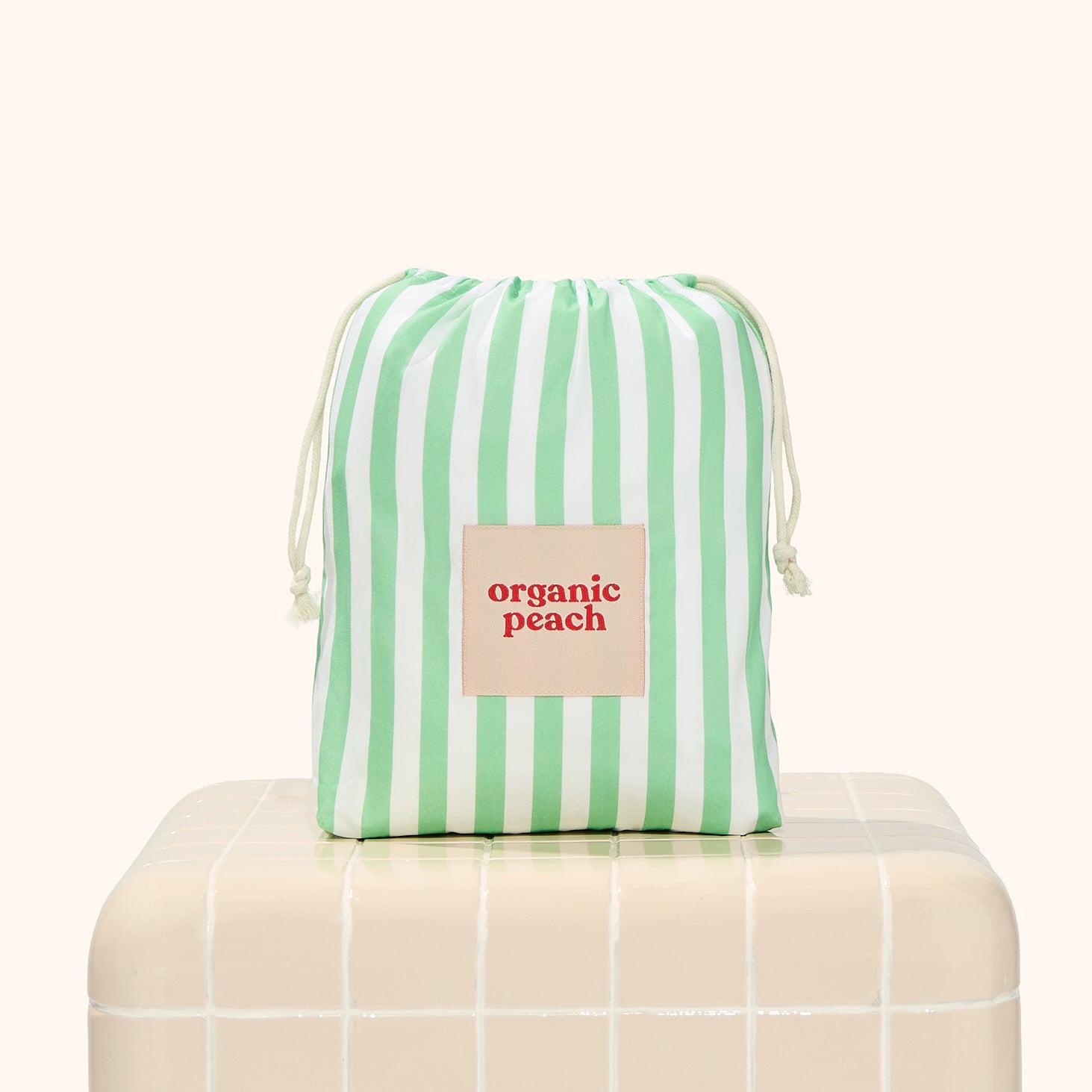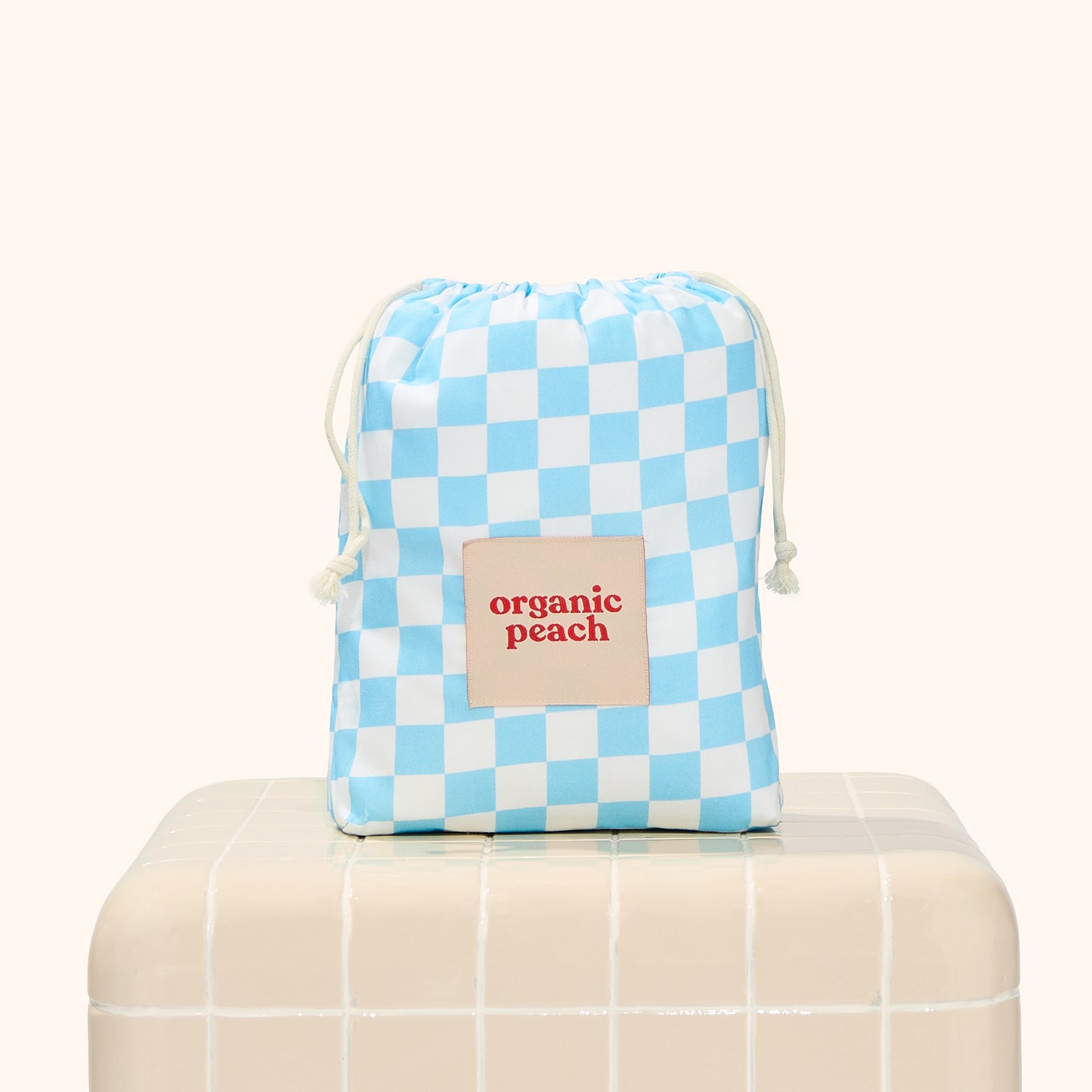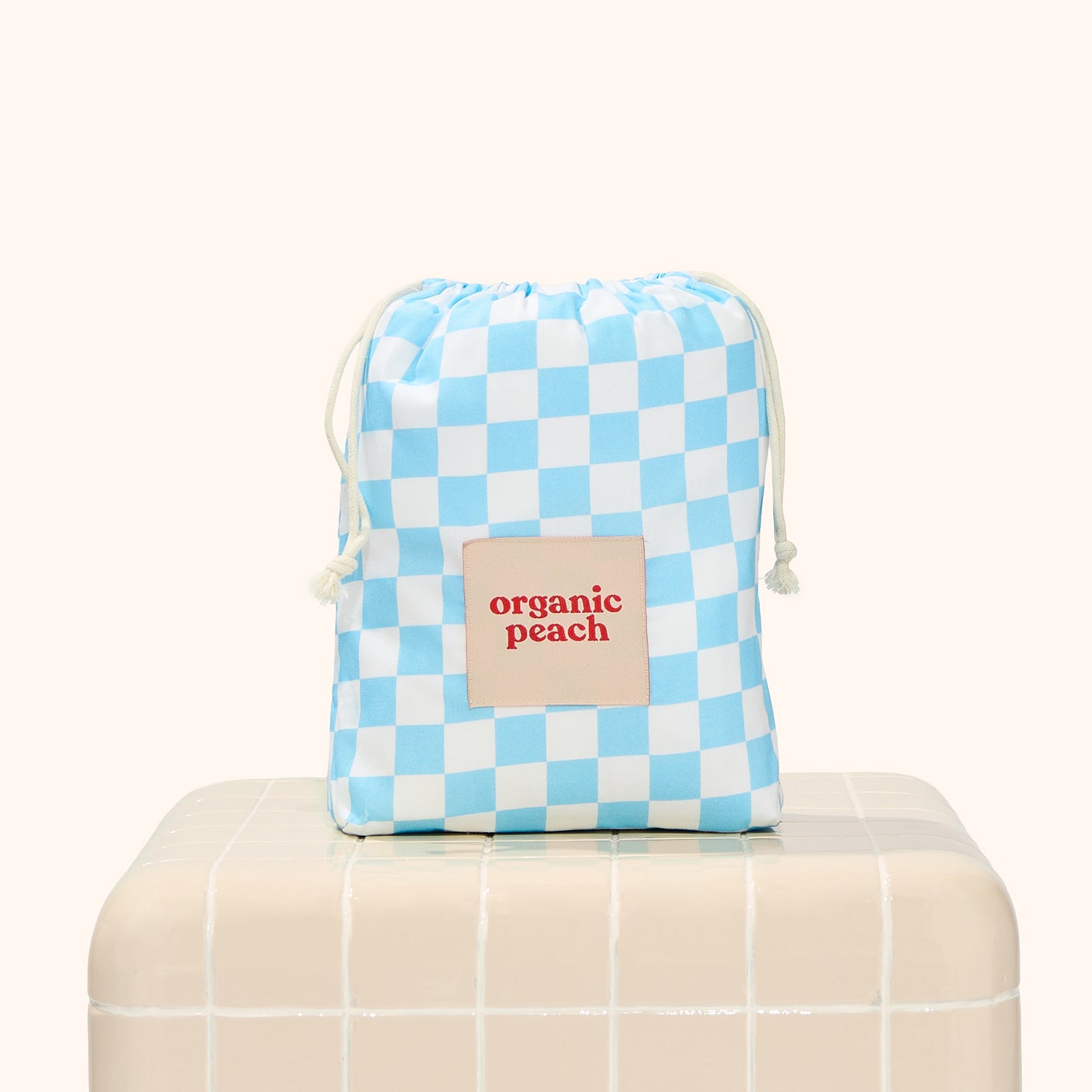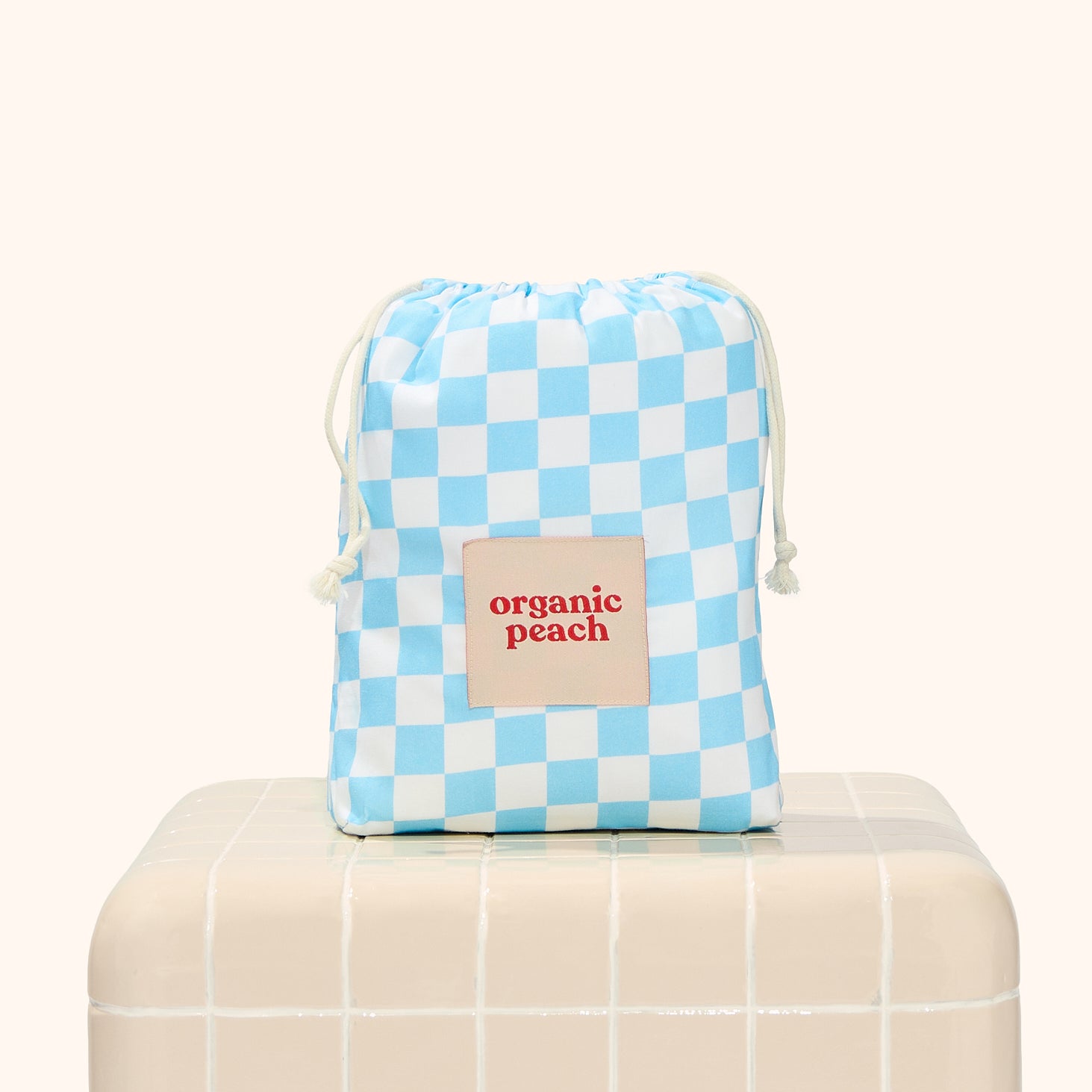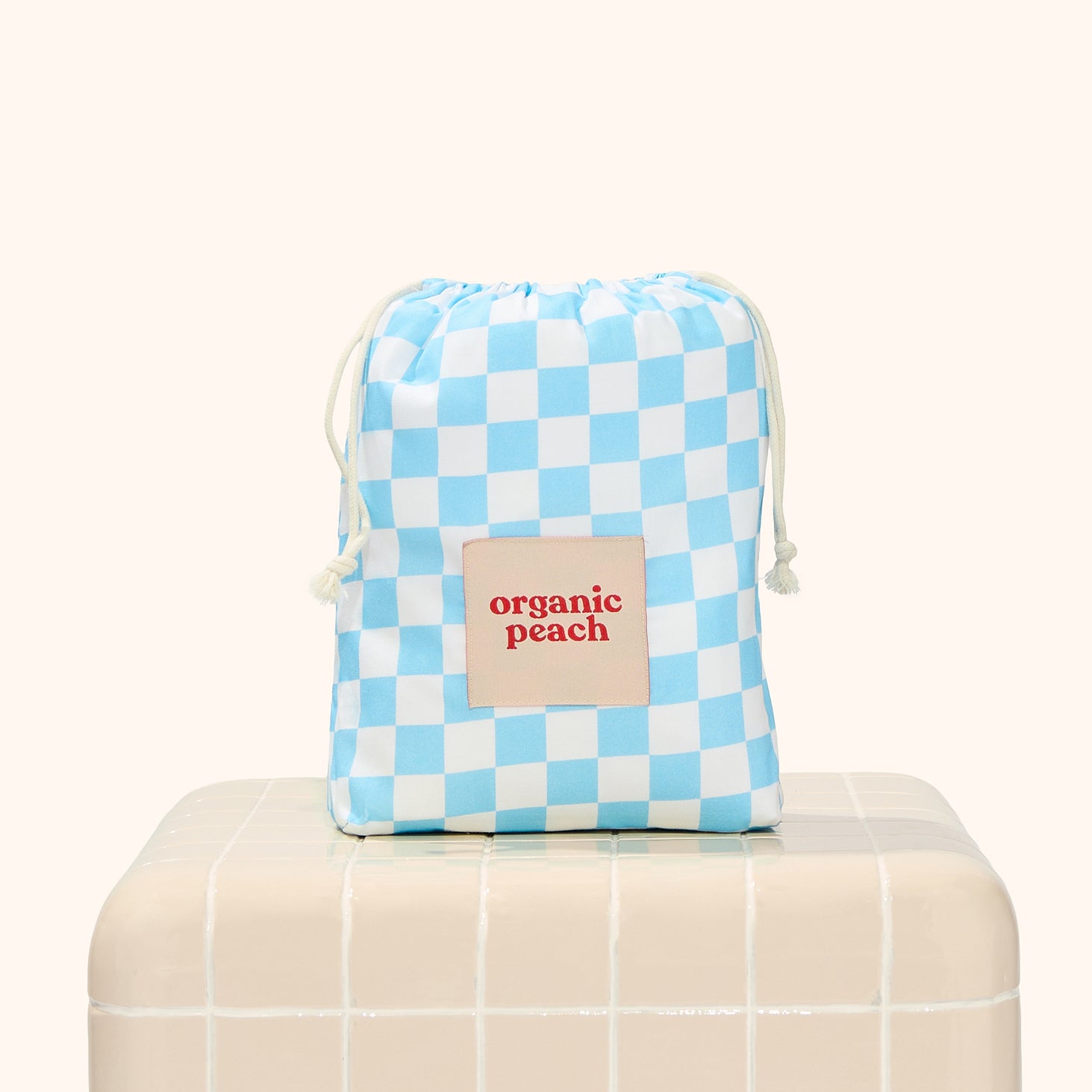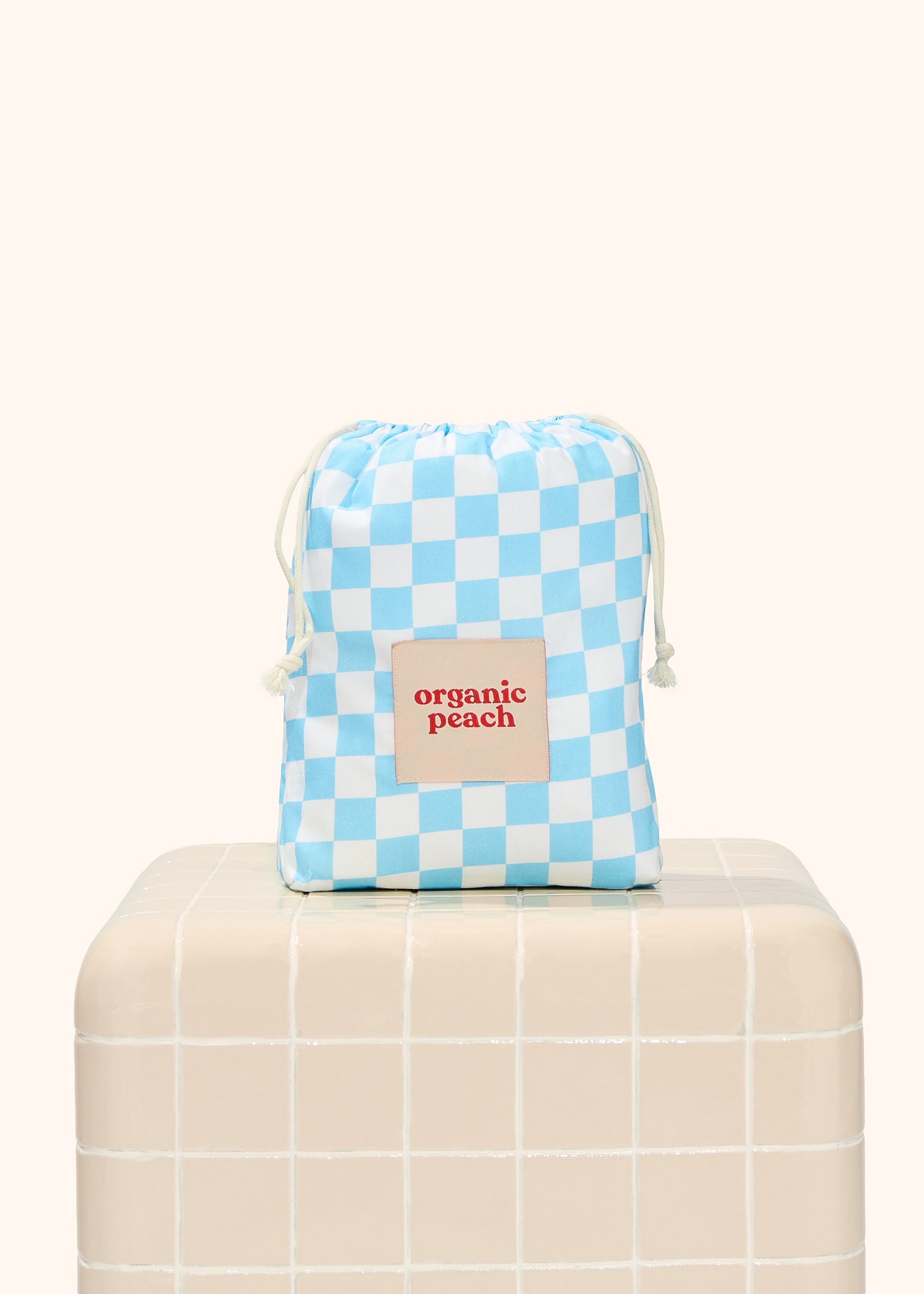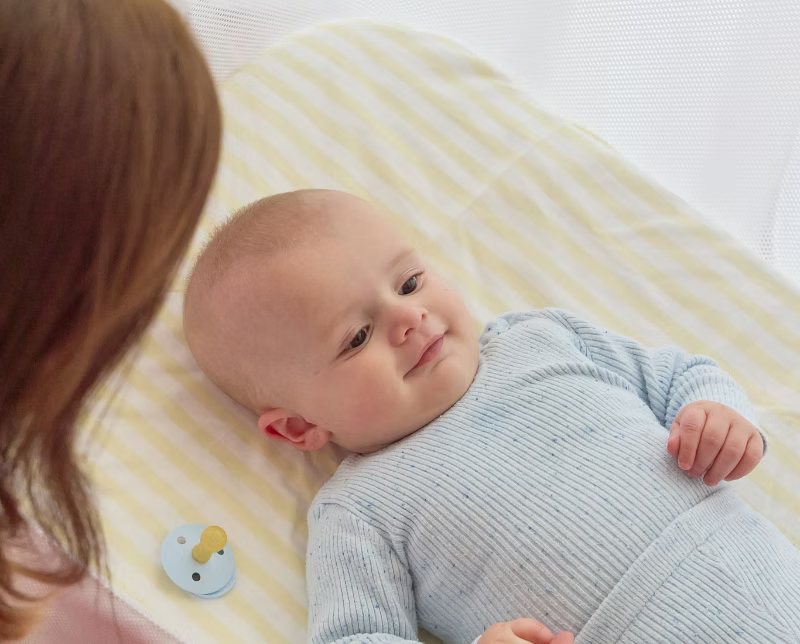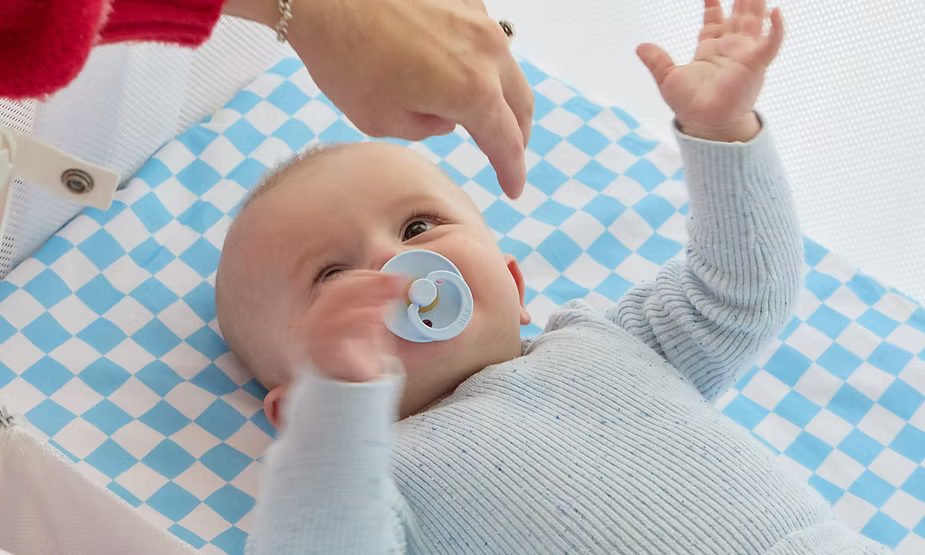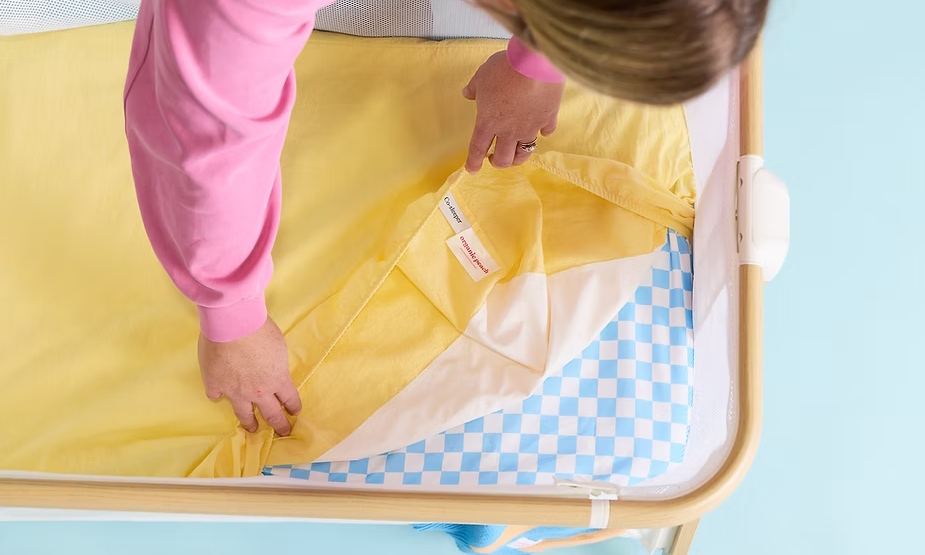Choosing a bassinet sheet material is all about what's most comfortable and safe for you and your little one.
Which bassinet sheet material will give my baby the best mix of comfort, safety and sustainability?
Choosing the right bassinet sheet feels simple until you see all the material options. We focus on what matters most for babies: fit, breathability, waterproofing and chemical safety. We also factor in sustainability, because many families want products that are kinder to the planet. Below we compare bamboo, organic cotton and common alternatives, cite sensible sources, and point to our own product options so you can make a practical choice.
What to prioritise when picking a bassinet sheet
The priorities for a baby’s sleep surface differ from adult bedding. Fit and firmness matter more than soft layers. A well-fitted sheet that stays taut and a breathable fabric that won’t trap heat are high on the list. Waterproofing is useful to protect the mattress without adding bulk or changing breathability. Certifications that show fabrics were tested for harmful substances give real reassurance.
We often see parents asking the same questions: will the material make my baby too hot, is it free of nasties, and can it handle frequent washes? We suggest checking certifications and product construction, and talking with your health professional if your baby has very sensitive skin.
Bamboo fabric basics
Bamboo has a strong reputation for being silky soft and moisture-wicking. That comes from the way bamboo is processed. Mechanically processed bamboo linen is closer to natural fibre with fewer chemicals, while bamboo rayon or viscose can involve chemical processing to turn the raw plant into soft fibres.
For safety, look for a certified product. Healthline’s overview on is bamboo fabric safe for babies explains the difference between processing methods and recommends checking for Oeko-Tex certification. Have a look to what Oeko-Tex certified means if you want a quick check on that label.
- Pros: very soft, good moisture control, naturally hypoallergenic when processed gently.
- Cons: some bamboo viscose uses heavy processing; the environmental claim depends on manufacturing method.
Organic cotton in a bassinet
GOTS-certified organic cotton is our core textile choice. The Global Organic Textile Standard explains why choose organic cotton, including that it is made without toxic pesticides and meets strict chemical limits. For a baby sheet, organic cotton can be breathable, durable and kind to sensitive skin.
Organic cotton may feel slightly different to bamboo - less silky but very soft, and it tends to breathe well. If you value verification of low chemical use and a lower-impact cultivation method, GOTS certification is the gold standard.
- Pros: breathable, gentle on skin, lower chemical footprint if GOTS-certified.
- Cons: conventional cotton (not organic) can be water- and pesticide-intensive; check for certification.
Common synthetics and blends
Synthetic sheets like polyester are durable and sometimes cheaper, but they tend to trap heat and are less moisture-wicking than natural fibres. The Sleep Foundation’s comparison polyester vs cotton highlights how cotton and other natural fibres usually beat polyester in breathability and comfort for sensitive skin.
Blended fabrics try to merge benefits, but with infants we prefer clear labelling and proven safety data. If a synthetic blend is used, check the washability and whether any waterproof layer will affect breathability.
Waterproofing and mattress protection
Waterproof fitted sheets are extremely practical for nappies and spills. The key is choosing a design that protects without increasing heat retention. Red Nose Australia provides clear advice on waterproof mattress protectors and infant sleep safety, noting that TPU is a safer, less toxic waterproof option than PVC and that protectors should be firm and well fitted.
Our waterproof fitted sheets use a thin TPU layer that sits under the fibre surface so you get protection but not a padded feel. If you’d like to read our perspective on why waterproof layers help families, see why waterproof fitted sheets matter.
Breathability, overheating and safe sleep
Breathability is not just comfort - it’s a safety issue. The American Academy of Pediatrics emphasises that soft, thick bedding and materials that trap heat can increase sleep risk factors for infants. Read more on breathability and infant sleep safety for the technical detail.
When we test sheets, we look at air flow, how quickly moisture moves away from the surface, and how snugly the sheet fits the mattress. A thin waterproof layer with a breathable knit top often gives the best balance of protection and airflow.
Environmental considerations
Choosing a sustainable option means looking at farming, processing and certifications. Good On You’s guide on sustainable fabrics guide points out that mechanically processed bamboo is greener than chemically processed bamboo, and that organic cotton reduces the environmental toll compared with conventional cotton.
We use GOTS-certified organic cotton and Oeko-Tex certified bamboo in our range so you can trace the claims. If sustainability is a priority, check the label, the certification and the brand’s transparency about processing.
Practical recommendations
If you want a soft, cool feel and your chosen bamboo is Oeko-Tex certified, bamboo can be a lovely option. If you want a clear certification around farming and low chemical use, go GOTS organic cotton. If you need heavy-duty waterproofing, pick a product with a thin TPU layer and a snug fit so the sheet stays flat and firm.
We make several options that reflect those choices. For a small bassinet in a classic print you might like our small bassinet sheets in pink. For co-sleeper styles try our co-sleeper bassinet sheet in sky blue or our co-sleeper bassinet sheet in lemon to see how fit and finish affect performance.
How we test sheets
We put sheets through frequent wash cycles, check elastic integrity and examine how the waterproof layer behaves after repeated use. We also pay attention to how quickly a wet surface dries and whether the fabric feels cooler or warmer against the skin. If you have an absorbency question, we can share practical test results on request.
Questions families commonly ask
Does bamboo make babies too hot?
Not necessarily. Properly processed bamboo fabrics wick moisture and can help with temperature control, but quality varies. Look for certified products.
Is organic cotton worth the extra cost?
If you want lower chemical exposure and proof of farming practices, GOTS-certified organic cotton is a clear choice for baby bedding.
Are waterproof sheets safe?
Yes when they are thin, well fitted and made from non-toxic materials such as TPU rather than PVC. Red Nose Australia advises firms and families to prioritise fit and breathability.
Need tailored advice?
If you’d like help choosing between bamboo and cotton for a specific climate or a baby with sensitive skin, please get in touch. We can run through the options and point you to the right certification details and product pages, and we’re happy to explain our testing process in plain terms.
